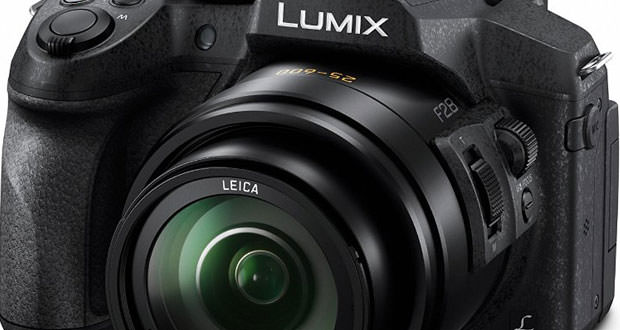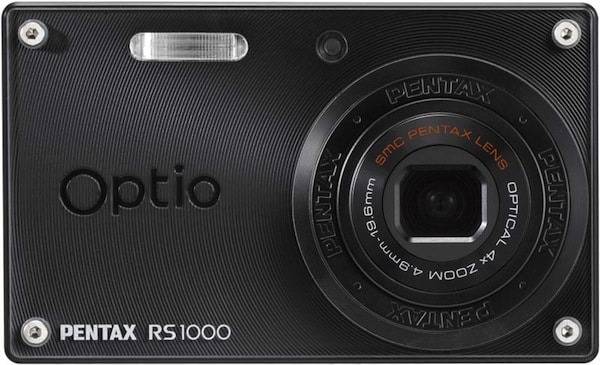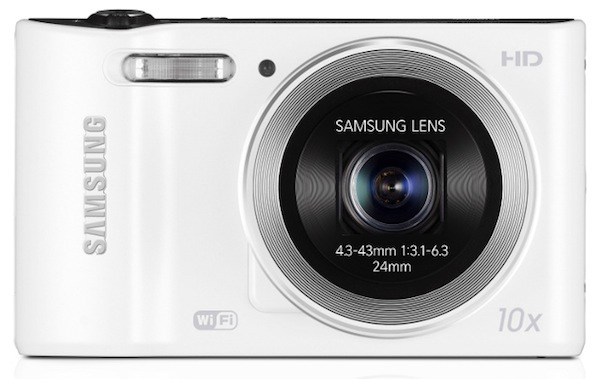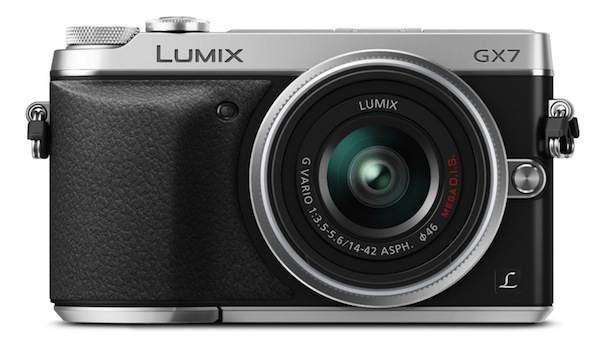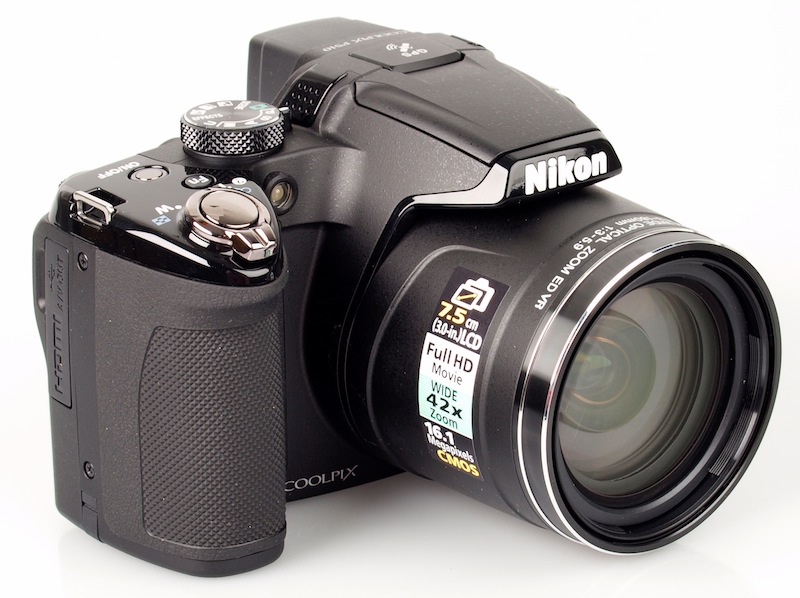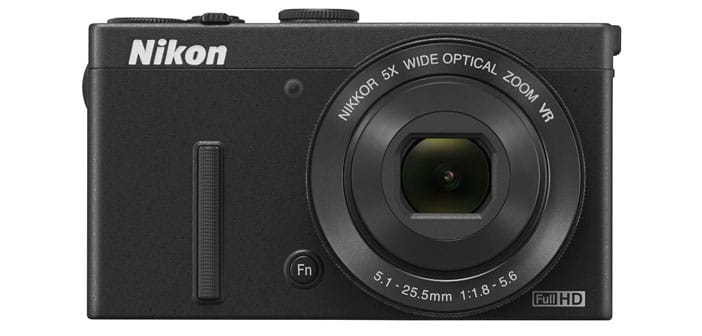Fujifilm X-A1 – Review
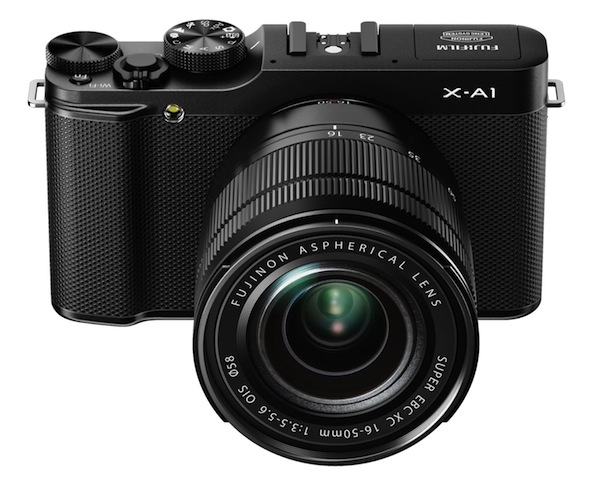
Fujifilm X-A1 is a mirrorless APS-C sensor with 16 megapixels, advanced manual controls, swivel screen and 5.6 frames per second burst. Fujifilm X-A1 is the newest addition in the series X of the Japanese manufacturer, who after courted especially the more experienced photographers, now offers the first real model directed to the entry-level market.
Much of the technical detail of this camera is taken from the recent Fujifilm X-M1, with respect to which the X-A1 offers a significant difference: the use of a conventional CMOS sensor instead of the owner of the Fujifilm X-Trans and included in its higher-end models. This choice has allowed us to lower the cost of the machine of about $200, thus bringing it to $499 (with kit lens 16-50mm f/3.5-5.6), a figure quite interesting in the field of high-performance mirrorless.
Table of Contents
Fujifilm X-A1: Technical Details
In terms of specifications, the Fujilfim X-A1, you can hardly define a low-end camera. The data sheet provides a sensor in APS-C format 16 megapixel, a burst of up to 5.6 frames per second, an LCD screen swivel 3″ diagonal, 920, 000-dot resolution, the ability to shoot Full HD at 30fps. An antenna integrated Wi-Fi, and especially the presence of a physical control on the camera body capable of ensuring a satisfactory use even photographers rather demanding.
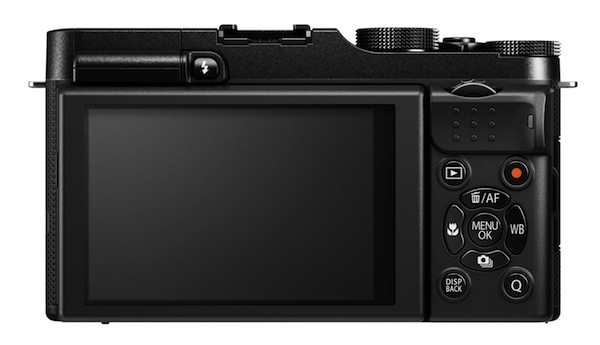
We have the two rings of the main control to act on the fundamental values of exposure (exposure time, aperture, EV), to which are added a traditional mode dial, a controller to cross back, the now usual Q key to the menu rapid and a programmable FN key.
Integrated into the camera body, there is a small pop-up flash (which can be directed to obtain useful bounces of light), but there is also a slide for connecting external Speedlights. What is assent, and which makes this machine best suited to the casual audience, it is instead the electronic viewfinder: the Fujifilm X-A1 images are composed exclusively through the LCD screen with good definition and visibility.
The impact of the cost reduction is strongest on the physical realization of the camera body, which is composed almost entirely of plastic, good quality but unable to compete with the extreme refinement and solidity that we could appreciate the models Fujifilm end higher. The ergonomics of the Fujifilm X-A1 is still good, and the controls are all well placed and responsive enough, allowing you to operate all the functions needed to quickly and intuitively.
A defect that we feel stress is excessive closeness between the two main dial’s control arranged in a vertical and the other horizontal: it is too easy to accidentally a plunger, when you want to interact with each other instead. Even the bayonet on the lens mount kit, at least in the sample we tested, is not perfectly balance and leaves a certain game. These small imperfections of construction, more than forgivable in the overall context of a car sold in this figure.
Fujifilm X-A1: Performance
The Fujifilm cameras are not traditionally considered to be among the best performing in terms of mirrorless focus speed and shutter operations in general, but the Fujifilm X-A1 defends itself quite well in these areas. With the kit lens, the acquisition of the subject is really quick, precise and silent: we are not at the levels of micro 4:3 snappier, but as long as you remain in good light conditions, the gap is now really negligible.
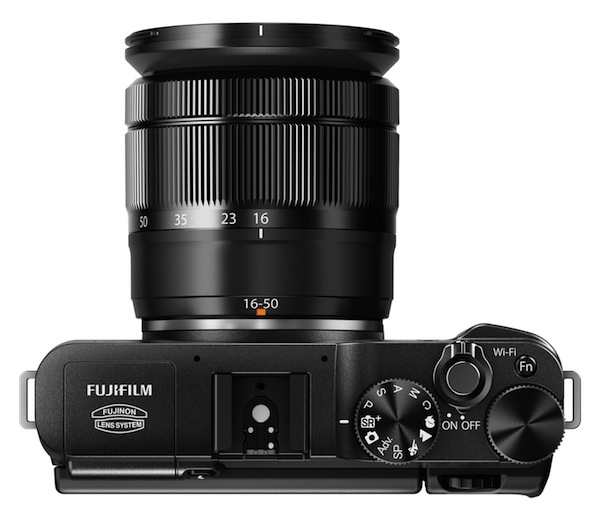
When the scene gets darker, the Fujifilm X-A1 begins to sweat a little more, occasionally coming to surrender in really extreme situations, but overall the work of AF single is certainly satisfactory. Less exciting instead continuous AF that the entire category mirrorless still struggling to reach that of the traditional SLR.
As for speed of use, the Fujifilm X-A1 offers a decent performance: ignition occurs in about 1 second and the waiting times between shots and the other, including the writing of cards, are rapid enough. Good burst speed, which, with 5.6 frames per second and an adequate buffer (approximately 35 consecutive JPEG images), you can freeze the movements and capture the moment with satisfaction.
From the point of view of functionality, the Fujifilm X-A1 retains the essential character that characterizes most of the models Fujifilm does not include, for example, some very popular these days as an automatic HDR mode or the ability to compose multiple shots Panorama mode.
Depending on the habits of each, you can feel whether or not the lack of such options, as well as a touch screen, strictly absent here. There are a good amount of picture presets, creative options (toy camera, miniature effect, scene modes, etc..) And automatism to make use of this camera as much as possible for the immediate audience more specifically consumers.
The results secured from the lens in the kit are interesting for its low cost, this lens provides good values of sharpness and contains decently distortions and other unwanted optical effects. The work done by the optical stabilizer is good and allows the use of relatively slow even in the telephoto position.
Too bad for a truly uninspiring macro performance: the minimum focusing distance is about 15 cm and does not allow for magnification of particular impact. Obviously, those interested in this particular field of photography can opt to purchase a dedicated lens, choose from the excellent line-up of lenses produced by Fujifilm.
Quality Photos and Videos
The real ace in the hole of the Fujifilm X-A1, compared to almost all cameras competitor is the quality of the photographic results. The image quality expressed by this compact photo camerea is comparable, and even superior, to that of many SLRs of the same price range.
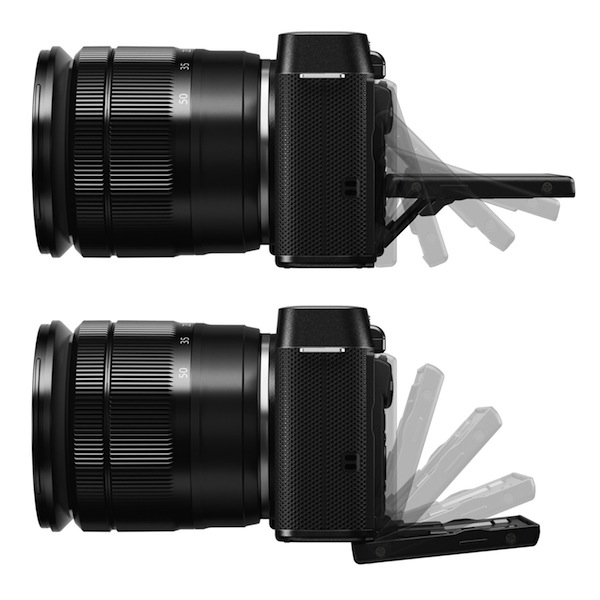
Despite the use of a conventional CMOS sensor, and not the innovative X-Trans patented by Fujifilm, the values of the detail, color and containment of the digital noise are really excellent. Up to ISO 1,600 images are perfectly usable and show a great cleaning, but also value such as ISO 3200 and 6400 can be used without too much trouble, therefore, giving this machine a performance in low light certainly at the top of the mirrorless category.
The engine Jpeg Fujifilm, known to produce balanced and pleasing results in terms of exposure and color tones, completes the picture of a camera capable of capturing images really excellent in most conditions, and with minimal effort by the photographer. The video mode has never been a strong point for Fujifilm and also in the Fujifilm X-A1 is rather limited.
We can record movies up to 1080p, but the choice of the frame rate is fixed at 30 fps and the continuous AF performance is not brilliant. The overall results are decent and certainly adequate to use a totally amateur, but remain well below then offered by most mirrorless performance in this area.
Conclusions
The Fujifilm X-A1 perfectly embodies the philosophy of the producer: essential photographic depth of control and quality of results. We are not in the presence of mirrorless smaller in circulation, or more technology or more key performance in the video, but the traditional photographers simply looking for an instrument quite compact and can capture excellent images hard-pressed to find a better alternative to X-A1 in this price segment. Due to its immediacy and its relatively affordable cost, in addition, the Fujifilm X-A1 there also seems well-proportioned to the needs of entry-level public interested in learning the fundamentals of photography, maybe doing an upgrade from a compact fully automatic one more comprehensive tool and can provide results, which are above.
Where to Buy Fujifilm X-A1


- 16.3 megapixel APS-C CMOS sensor with Hi-Speed EXR Processor II
- Tilt able 3-inch LCD (920K-dots high definition)
- PC Autosave Wi-Fi (*6) connectivity to PCs (for easy image backup)
- Wireless image transfer to smart phones and tablet PCs via FUJIFILM Camera App
- Full HD video recording at 30fps
Features
Quality
Performance
Value of Money
PROS : Exceptional image quality, Fast AF and accurate, In-depth manual controls.
CONS : Physical construction for improvement, Limited video capabilities, The absence of Panorama and HDR mode.Product prices and availability are subject to change. Any price and availablility information displayed on Amazon at the time of purchase will apply to the purchase of any products.


